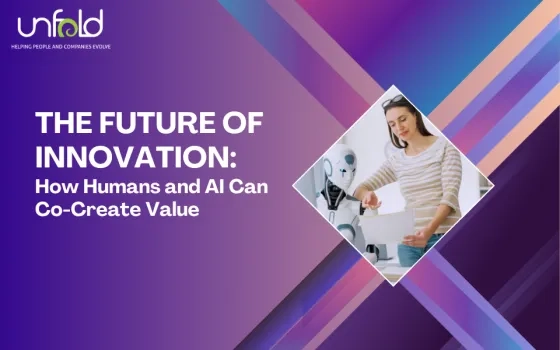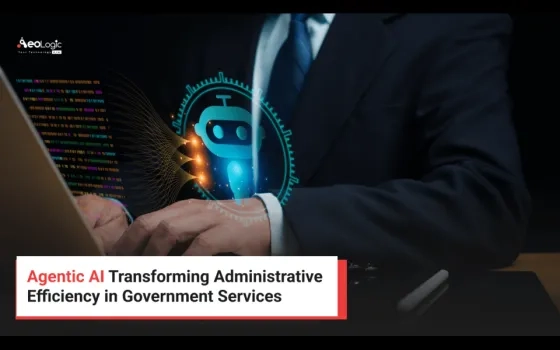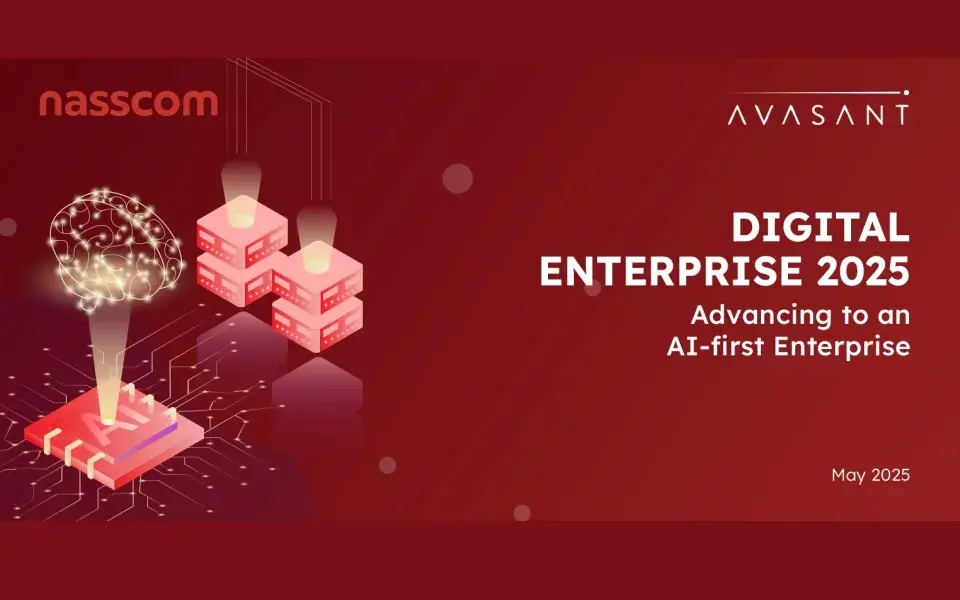In today’s digital-first economy, customer expectations are evolving at breakneck speed. People now demand instant responses, 24/7 availability, personalized conversations, and seamless omnichannel experiences. Traditional customer service models—reliant on human agents and legacy IVR systems—are struggling to keep up. This shift has paved the way for one of the most transformative technologies in modern CX strategy: Generative AI Voice Bots.
These intelligent, always-on conversational agents go far beyond scripted interactions. They engage customers in natural, context-aware dialogue, resolve complex queries, and continuously learn from every interaction. As a result, businesses deploying generative AI voice bots are not only streamlining support but also dramatically improving CSAT, reducing churn, and boosting revenue.
In this blog, we’ll explore why the Generative AI Voice Bot is fast becoming the most valuable asset in your CX strategy—and offer a practical framework to help you deploy it effectively.
Part I: Why the Generative AI Voice Bot Is a CX Game Changer
1. Customers Want Conversations, Not Commands
Legacy IVRs and standard voice bots frustrate customers with rigid, menu-based structures. Pressing “1” for billing or shouting “representative” is no longer acceptable. Modern consumers want human-like, frictionless conversations.
Generative AI voice bot powered by large language models (LLMs) can understand and respond to natural language, detect intent, maintain contextual continuity, and even express empathy. This leads to more satisfying, efficient, and human-like interactions—without the wait time.
2. 24/7 Availability Without Agent Burnout
Your customers live in different time zones. They shop late at night, ask questions on weekends, and expect support even on holidays. Hiring and training human agents for round-the-clock service is expensive and unsustainable.
Generative AI voice bots solve this problem. They work 24/7, don’t take sick days, and deliver consistent service across all hours. For enterprises, this means greater uptime, faster response, and improved customer trust.
3. Hyper-Personalization at Scale
Today’s consumers expect brands to know them, remember their preferences, and tailor interactions accordingly. Generative AI voice bots can pull data from CRM systems, order histories, and previous conversations to personalize responses in real time.
Imagine calling your insurance provider and the bot greeting you by name, referencing your most recent claim, and offering tailored policy recommendations. This kind of experience builds loyalty—and it’s only possible through AI-powered automation.
4. Massive Cost Savings and Operational Efficiency
According to McKinsey, companies deploying conversational AI can reduce customer service costs by up to 30%. That’s because generative AI voice bots reduce call volumes handled by agents, shorten call durations, and deflect common queries.
Moreover, since the bots learn and improve over time, they continually increase efficiency—making them an investment with compounding returns.
5. Real-Time Insights and Continuous Learning
Every customer interaction is a data goldmine. Traditional call centers capture this data poorly. But generative AI voice bots can analyze conversations in real time, identify patterns, flag issues, and feed insights back into product development, marketing, and CX optimization.
They also learn from every interaction, getting smarter and more aligned with your brand tone and customer expectations over time.
Part II: How to Deploy Generative AI Voice Bots Effectively
Deploying a generative AI voice bot is not just a tech upgrade—it’s a strategic transformation. Here’s how to do it right:
Step 1: Define Clear Business Objectives
Before jumping into development, clarify what you want the AI voice bot to achieve. Common objectives include:
-
Reducing average handle time (AHT)
-
Improving first-call resolution (FCR)
-
Increasing NPS and CSAT
-
Decreasing operational costs
-
Scaling multilingual support
Having a focused goal ensures that the voice bot design aligns with measurable business outcomes.
Step 2: Map Customer Journeys and Identify Use Cases
Pinpoint the high-volume, repetitive interactions in your customer journey—billing inquiries, account updates, order tracking, appointment scheduling. These are ideal candidates for automation.
You can also segment customers based on value tiers and personalize the bot’s handling logic accordingly. For example:
This ensures the right balance between automation and human support.
Step 3: Choose the Right Technology Stack
Look for a platform that combines:
-
Powerful LLMs (like GPT-4 or Claude)
-
Telephony and VoIP integration
-
CRM and knowledge base connectors
-
Speech-to-text and text-to-speech engines
-
Analytics and A/B testing tools
Also, make sure the solution supports multi-language, omnichannel deployment, and compliance with data privacy laws (like GDPR, CCPA, HIPAA).
Popular platforms in the space include:
-
Google Dialogflow CX + Gemini
-
Amazon Lex + Bedrock
-
Microsoft Azure Bot Service + OpenAI
-
Custom LLM + Twilio Voice
Step 4: Design Human-Like Conversational Flows
To deliver a natural experience:
-
Avoid decision-tree style flows
-
Use open-ended prompts (e.g., “How can I help you today?”)
-
Train the bot on domain-specific terminology
-
Add fallback responses and human handoff options
-
Incorporate emotional intelligence (e.g., responding to angry tones with empathy)
Pro tip: Start small with a few focused use cases, test thoroughly, then scale.
Step 5: Train and Fine-Tune the AI Model
The real power of a generative AI voice bot lies in its training data. Fine-tune the model using:
-
Historical call transcripts
-
Internal support documents
-
Product FAQs and manuals
-
Brand tone and style guides
Reinforcement learning from human feedback (RLHF) is also critical. Continuously monitor performance, gather agent/buyer feedback, and refine the model accordingly.
Step 6: Ensure Seamless Human Handoffs
Even the smartest bots hit their limits. A key part of CX success is graceful escalation. Design your bot to:
-
Recognize frustration or confusion
-
Offer escalation before the customer asks
-
Transfer context (e.g., customer ID, issue summary) to the human agent
This reduces repetition and keeps experiences fluid across channels.
Step 7: Measure, Iterate, Optimize
Track KPIs such as:
-
Call deflection rate
-
Task completion rate
-
Average call duration
-
Escalation rate
-
CSAT/NPS scores
-
ROI per interaction
Use these metrics to iterate continuously. The best generative AI voice bots aren’t static—they evolve alongside your business.
Part III: Real-World Success Stories
1. Vodafone: Reducing Call Center Load by 60%
Vodafone deployed a generative AI voice bot across its UK operations, handling over two million calls monthly. It deflected nearly 60% of queries without human intervention, reduced average wait times, and improved customer satisfaction scores by 23%.
2. Lemonade Insurance: Instant Claims Resolution
Lemonade’s AI voice bot "Jim" handles customer claims, from intake to payout, within minutes. The conversational experience feels human, empathetic, and fast—delivering on Lemonade’s promise of “instant everything.”
3. H&M: Personalized Fashion Assistance
H&M integrated generative AI voice tech into its customer support system, enabling customers to ask product-related questions via voice and receive real-time, personalized outfit recommendations—leading to a 17% increase in conversion rate.
Part IV: Challenges to Watch Out For
While the benefits are compelling, deploying a generative AI voice bot comes with challenges:
-
Data privacy and regulatory compliance
-
Model hallucination (generating inaccurate responses)
-
Voice cloning ethics and brand impersonation
-
Accent recognition and multilingual understanding
-
Agent resistance due to fear of job displacement
Tackle these head-on with governance frameworks, robust testing, transparent training data, and clear communication with staff.
Conclusion: The Future of CX Is Voice-First and AI-Powered
The generative AI voice bot is no longer a futuristic concept—it’s an urgent business imperative. As customer expectations rise and operational costs soar, businesses must adopt smarter, scalable, and more human-like solutions to stay competitive.
By deploying a generative AI voice bot effectively, you not only deliver better customer service but also gain a strategic asset that fuels loyalty, drives revenue, and turns every conversation into a growth opportunity.
Whether you're in retail, healthcare, finance, or telecom, one thing is clear: the future of customer experience speaks with an AI voice—and it’s already here.
































